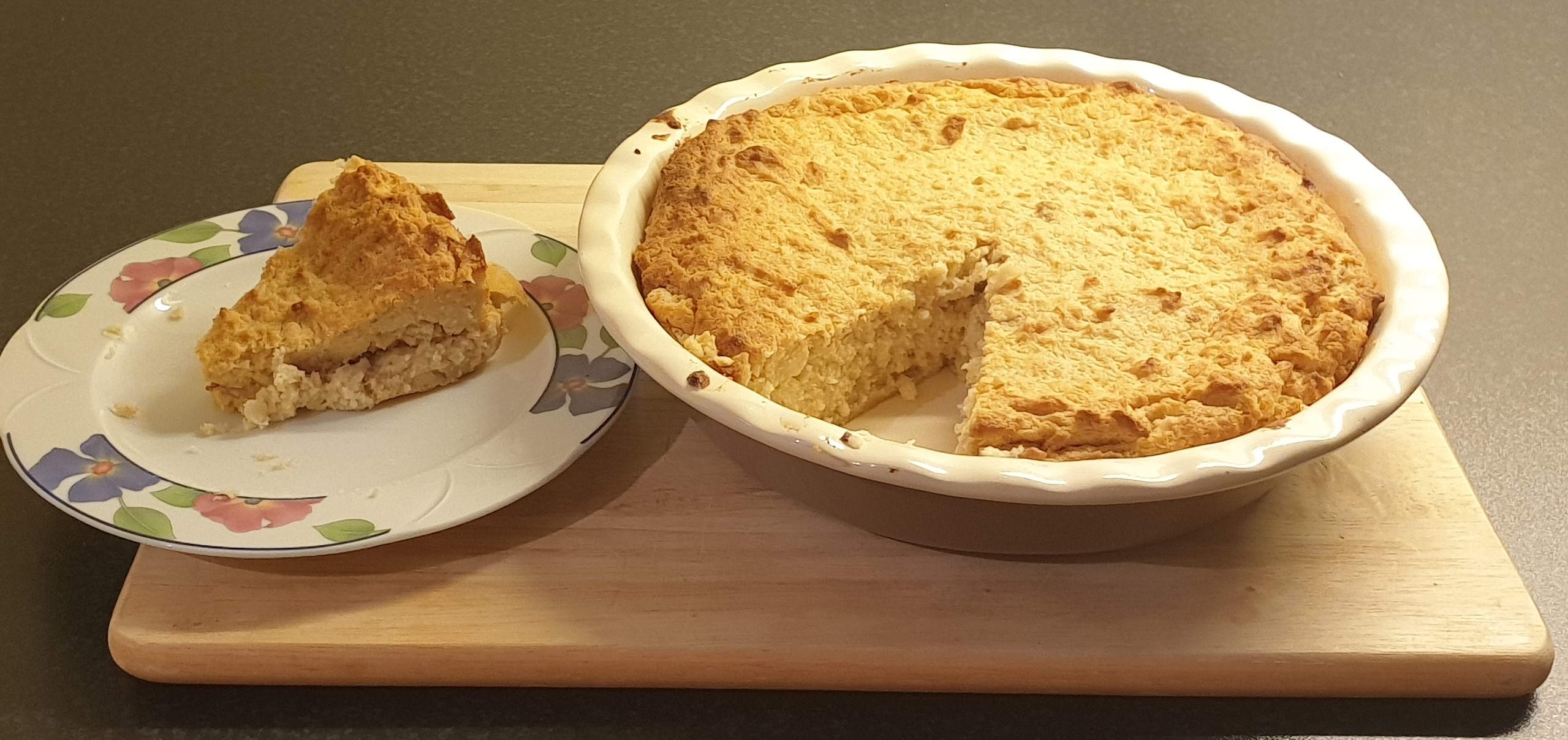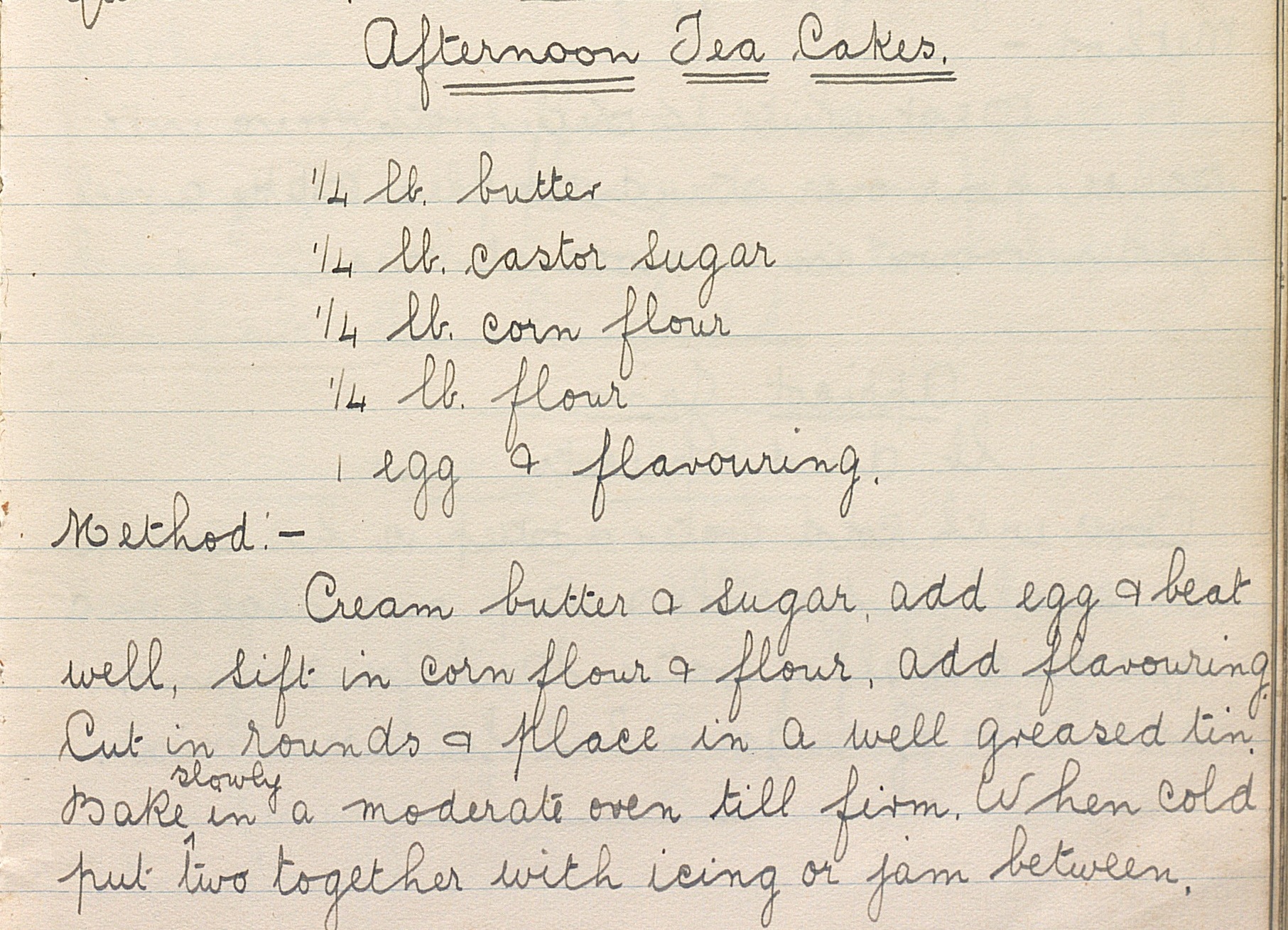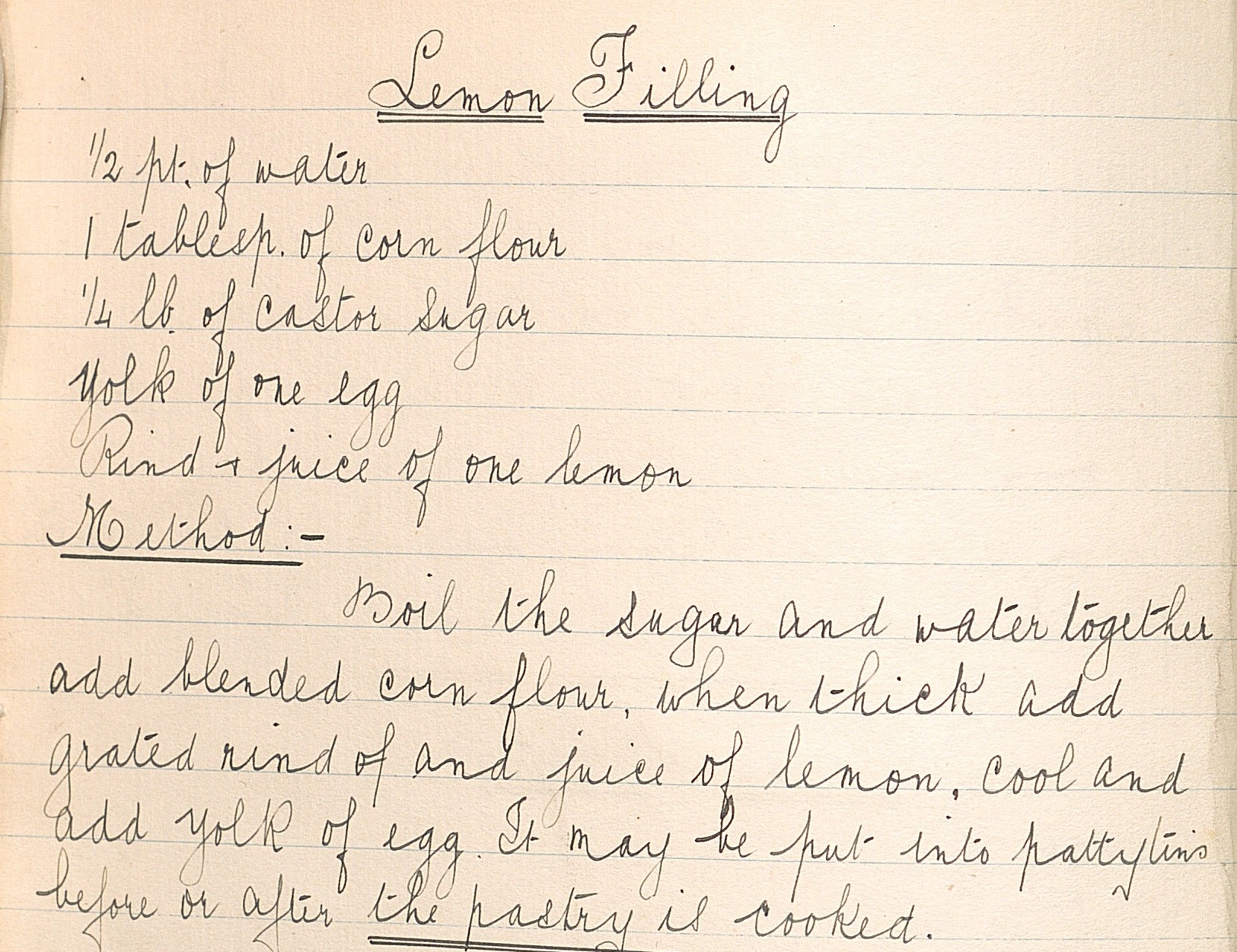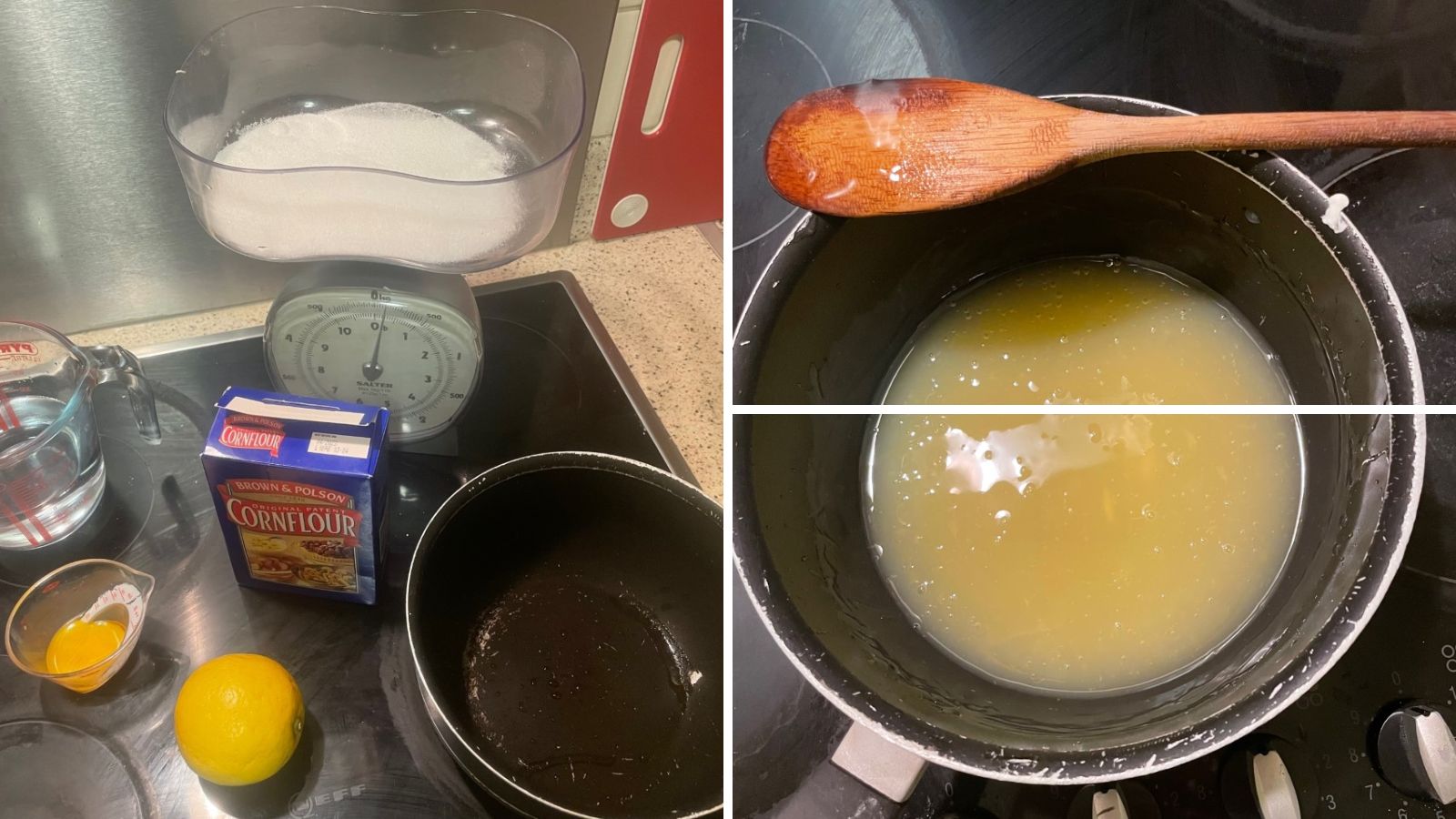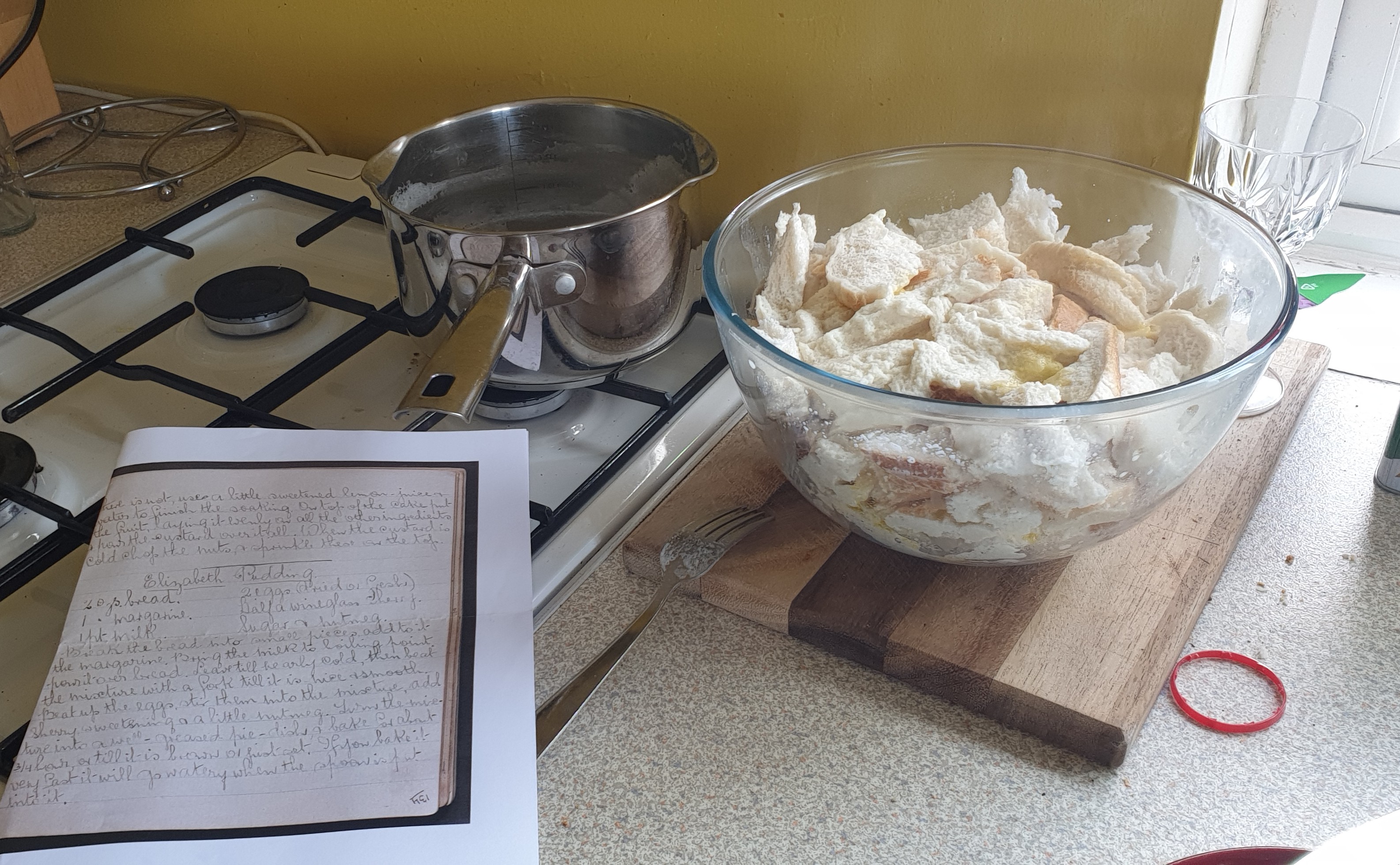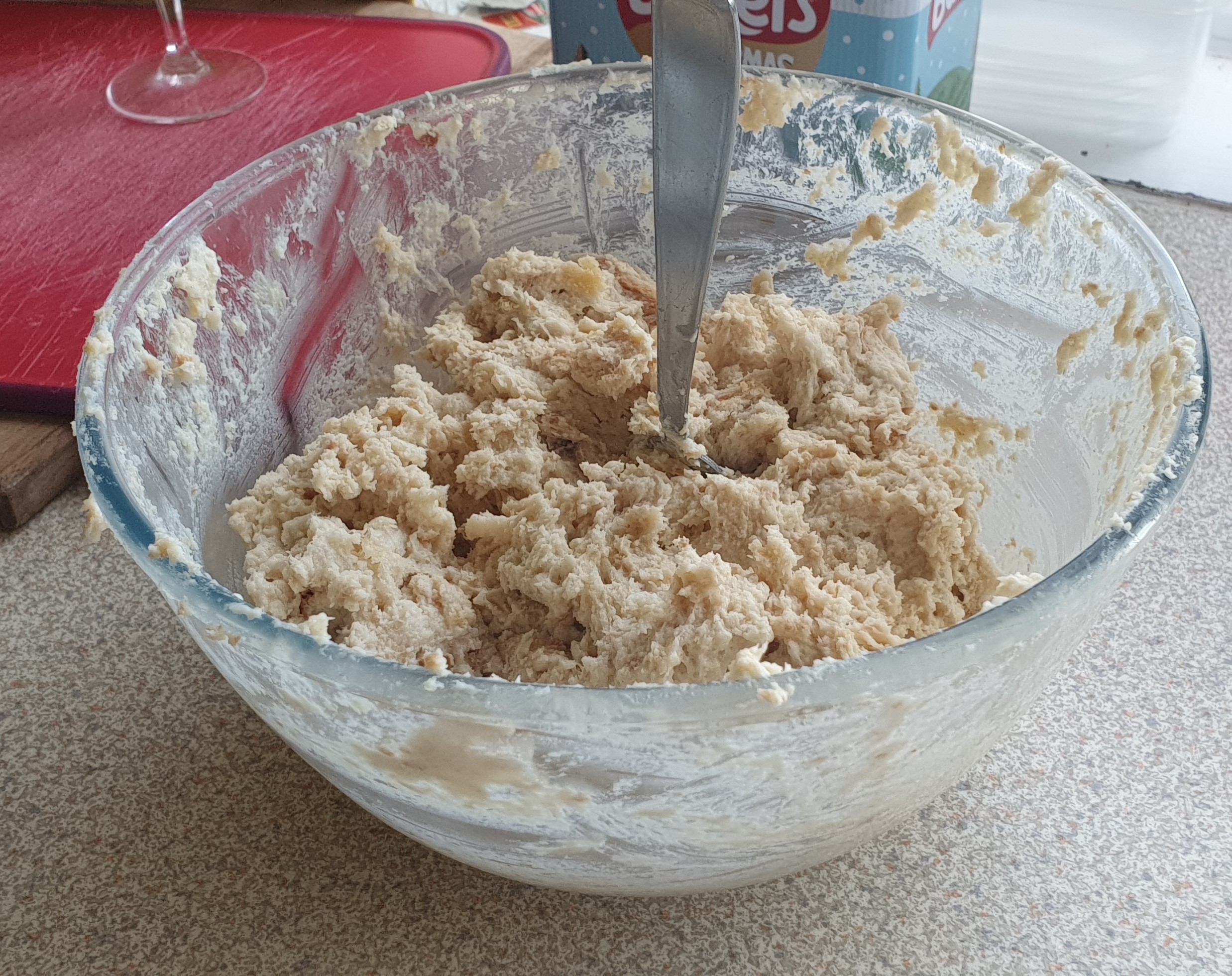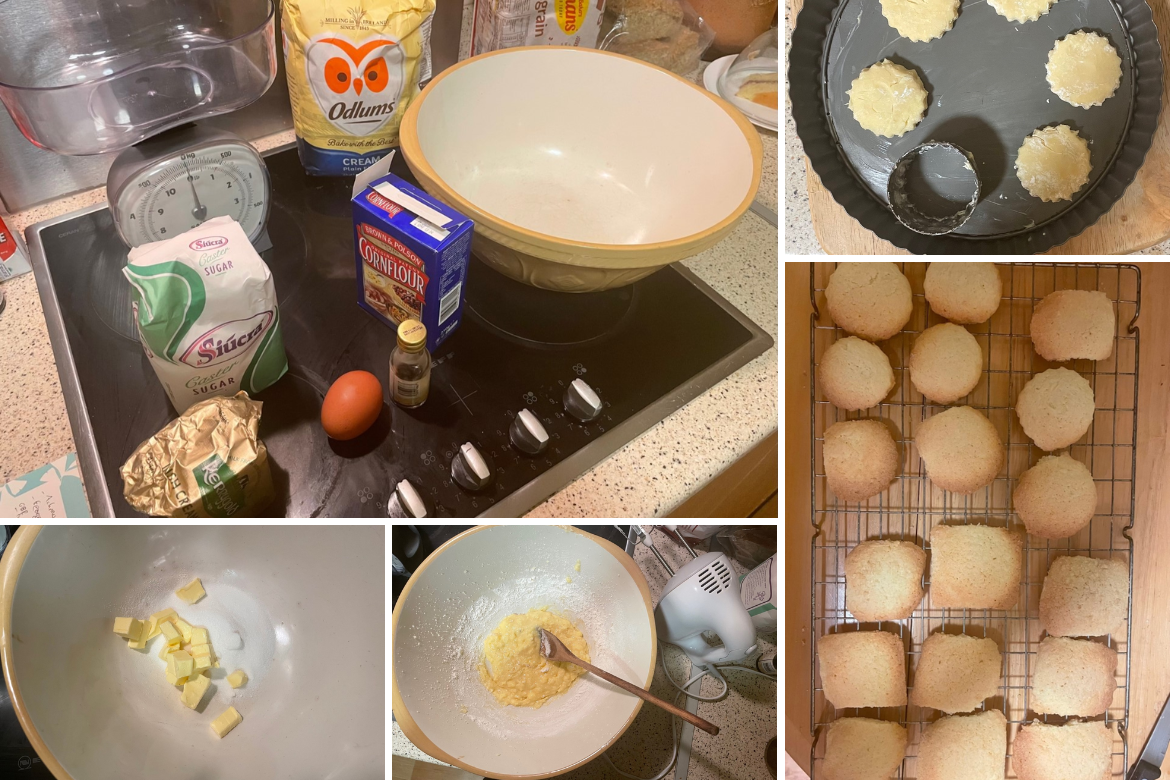
Pi and Pi Day
Pi is often represented by the lower-case Greek letter π and it is the ratio of a circle’s circumference to its diameter. Pi is an irrational number (a decimal with no end and no repeating pattern) that is most often approximated with the decimal 3.14 or the fraction 22/7.
Many mathematicians including Archimedes, Fibonacci, Newton, Leibniz, and Gauss have explored π, calculated its digits, and applied it in various areas of mathematics. Until 1647, it didn’t have a universal name or symbol. The English mathematician William Oughtred began calling it ‘pi’ in his publication Clavis Mathematicae, and Leonhard Euler first used the symbol in 1737. The reason for adopting this Greek letter is because it is the first letter of the Greek word ‘perimetros’ which loosely translates to ‘circumference.’
In 1988 Larry Shaw who worked in the San Francisco Exploratorium as a physicist organised the earliest known official or large-scale celebration of Pi Day to celebrate the mathematical constant π and it is now observed on March 14 (3.14 in the US style). In November 2019 UNESCO designated Pi Day as the International Day of Mathematics.
What’s a Pie?
A pie is a baked dish which is usually made of a pastry dough casing that contains a filling of various sweet or savoury ingredients. Sweet pies may be filled with apple, pecan, sugar, rhubarb, custard and cream. Savoury pies may be filled with meat, egg and cheese, or a mixture of fruit and vegetables. All pies have a crust whether underneath the filling, layered over it or all around the filling.
Pi Day in UCC Library
UCC Library has various manuscript recipe books. These are filled with cooking recipes, household recipes for cleaning products and medical recipes for when someone is ill. We examined the recipes but found no recipes for pies with crusts. So we moved to pie-adjacent: cake and biscuits. To view some of the other recipes present in the manuscript recipe books visit Historical Recipes in the Digital Age on Scalar.
We decided to test the recipes but we quickly realised how they differed from modern cookbooks – no photos or sketches, no temperature given for heating the oven, imperial measurements and limited instructions. Each of us made different recipes. I will discuss Afternoon Tea Cakes & Lemon Filling, and Emma will discuss Elizabeth Pudding.
Afternoon Tea Cakes
I started with ‘Afternoon Tea Cakes’ and I converted 1\4 lb flour to 4oz flour (otherwise known as 100g). I readied my ingredients and my grandmother’s baking bowl. I placed the sugar and butter in the bowl and creamed them. It was much faster than it could have been as I used a handheld mixer. I added the egg, beat it and stirred it before it could curdle. There was no mention of curdling in the recipe nor what to do if curdling happened. I added the flour and folded it in with a spoon. 4oz of flour and 4oz of cornflour seemed a lot of flour products especially with one egg. I estimate that I added in 6 oz of flour products and then the mixture wouldn’t take any more flour. I cut out my rounds and placed them on the baking tray and an overflow tray! The recipe indicated they should be cooked until firm in a quick oven. Over to Google & BBC Foods’ recipe for Tea Cakes said that was 180C in a fan oven.
I checked them after 15 minutes and by 18 minutes they were done and I laid them out on a wire tray.
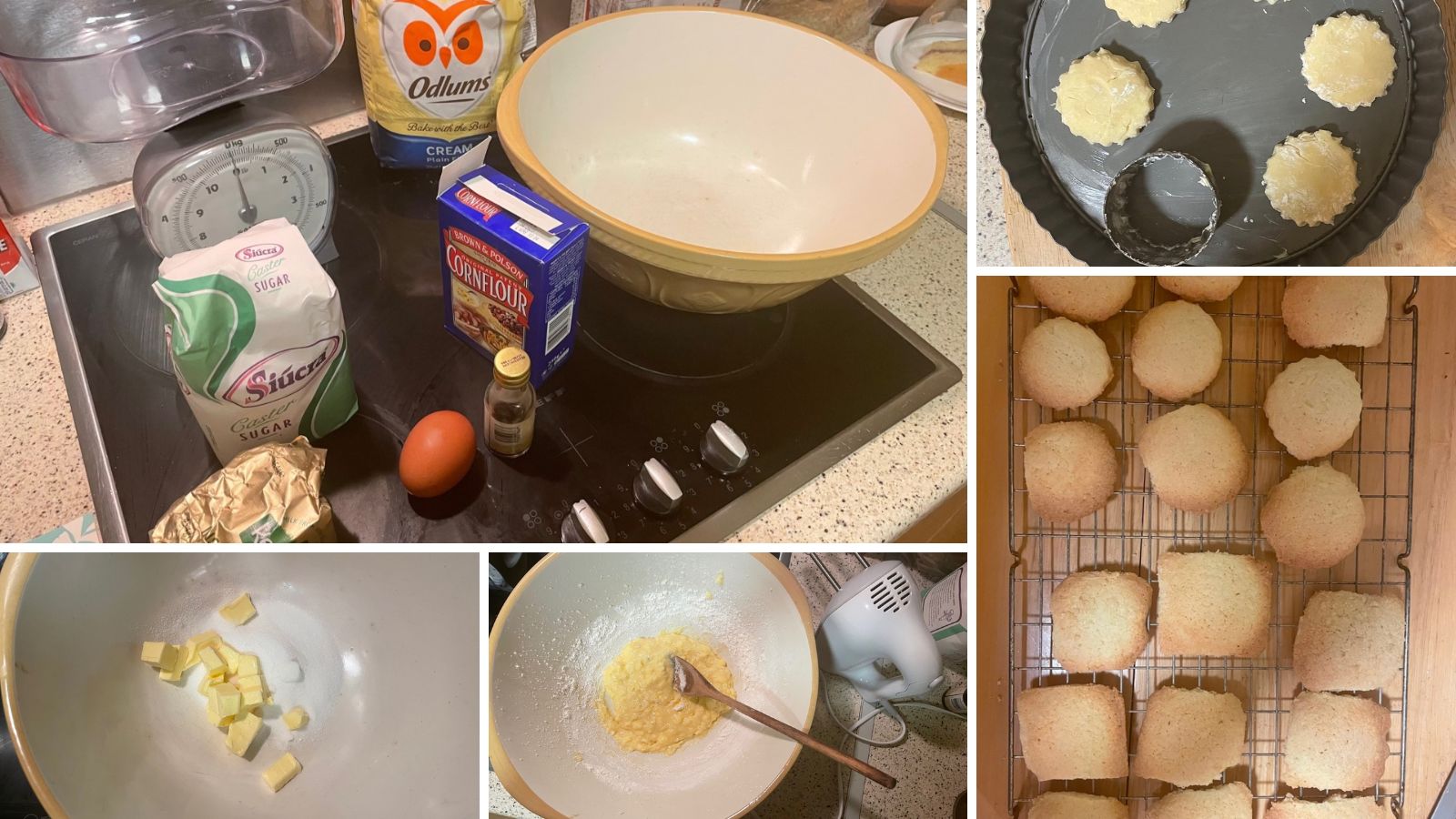
Lemon Filling
While I was waiting for the Afternoon Tea Cakes to bake I turned to the Lemon Filling recipe. I readied my ingredients – more corn flour. I rarely use it and now I’ve had two recipes with it in the one evening. I added the sugar to the water and brought it to the boil. I added the corn flour, stirred it and waited for it to thicken. Then I added the grated rind and the juice of a lemon, and stirred it in. I beat the egg yolk and once the lemon corn flour mixture was cool I added the beaten egg yolk to it. I thought the resulting mixture would be thicker, perhaps thick enough to act as a filling for the afternoon tea cakes if I wished to sandwich them. Most of the ingredients are also present in lemon curd but in different quantities and added at different points. My resulting mixture is good for using as a sauce on roasted fruit or could be included as a pie filling as described above. However it isn’t what I thought it would be – I miss photos of what finished recipes should look like.
Elizabeth Pudding
For my Pi Day challenge, I decided to try the Elizabeth Pudding as it seemed to be a rather fancy bread and butter pudding, to which I’ve always been a bit partial!
The first challenge was to decipher the measurements. My archival training might help me in reading the handwriting, but pounds and ounces are another matter entirely. Enter- the Irish Mammy ™, who helpfully pointed out that it was unlikely the recipe was only calling for 2oz of bread….as that would be 1 ½ slices for an entire pudding……. I was inclined to agree. So we read it as 20 ounces, which is about 12 slices of white bread.
The bread quantity sorted, I put the pint of milk on to heat in a saucepan. Thanks to the honorary Irish Mammy ™, Mary Berry, I knew a pint is roughly equivalent to 600ml. Whilst the milk was heating, I turned to the margarine quantities in the recipe, determined to work out at least one aspect of the task myself. 5 minutes of humming and hawing later, and milk boiling, I decided it was 1 ounce of margarine. Added the marge pieces to the bread and poured over the hot milk. It then became very apparent that it was not 1 ounce of margarine……. it was 10 ounces. Whoever wrote this recipe was laughing at me somewhere!
At this point I decided to split the difference and chuck in the remaining 6 ounces of margarine and left the lot to cool, which took about 45 minutes. This step is important as I would end up with scrambled egg if I added the remaining ingredients too soon. Once it was cooled, I began to stir with a fork as instructed. The concoction promptly turned to glue, almost breaking the fork and my wrist.
With the fork now firmly stuck, I decided to have a nice sit down and doublecheck the quality of the sherry for the recipe. I then recalled the Irish Mammy ™, who was of the opinion that a thick sliced loaf of bread mightn’t have been the best idea. After a further sherry quality check, I heated another 100mls of milk in the microwave and chucked that in. Once that cooled, and I resumed the stirring, and the mixture started to come together. I added the 2 whisked eggs, 2 tablespoons of sugar and the half wineglass of sherry. No specific quantities were given for the sugar or sherry, so I added the sugar gradually to taste and used a wine glass that belonged to my Great-Grandmother for the most accurate measurement. I omitted the nutmeg as I wasn’t able to get any in the shop, and only had cinnamon sticks in my cupboard. Which would just make it look like a Desperate Dan Cow Pie if I stuck them in.
Not trusting my own gas oven, the mixture was taken to the Irish Mammy ™’s electric oven for cooking. But not before she tasted the mixture first.
The remainder of the bottle of sherry poured in, it was into bake for 45/50 mins at 170 degrees Celsius. The recipe calls for low and slow but no more info than that, so we had to keep an eye on it. This was the responsibility of the house pudding expert- The Father.
Once cooked it was left to cool for 10 mins and then sliced. It had a lovely light spongy texture, and sweet (sherry) taste. I would definitely have it again, especially if someone else makes it!
